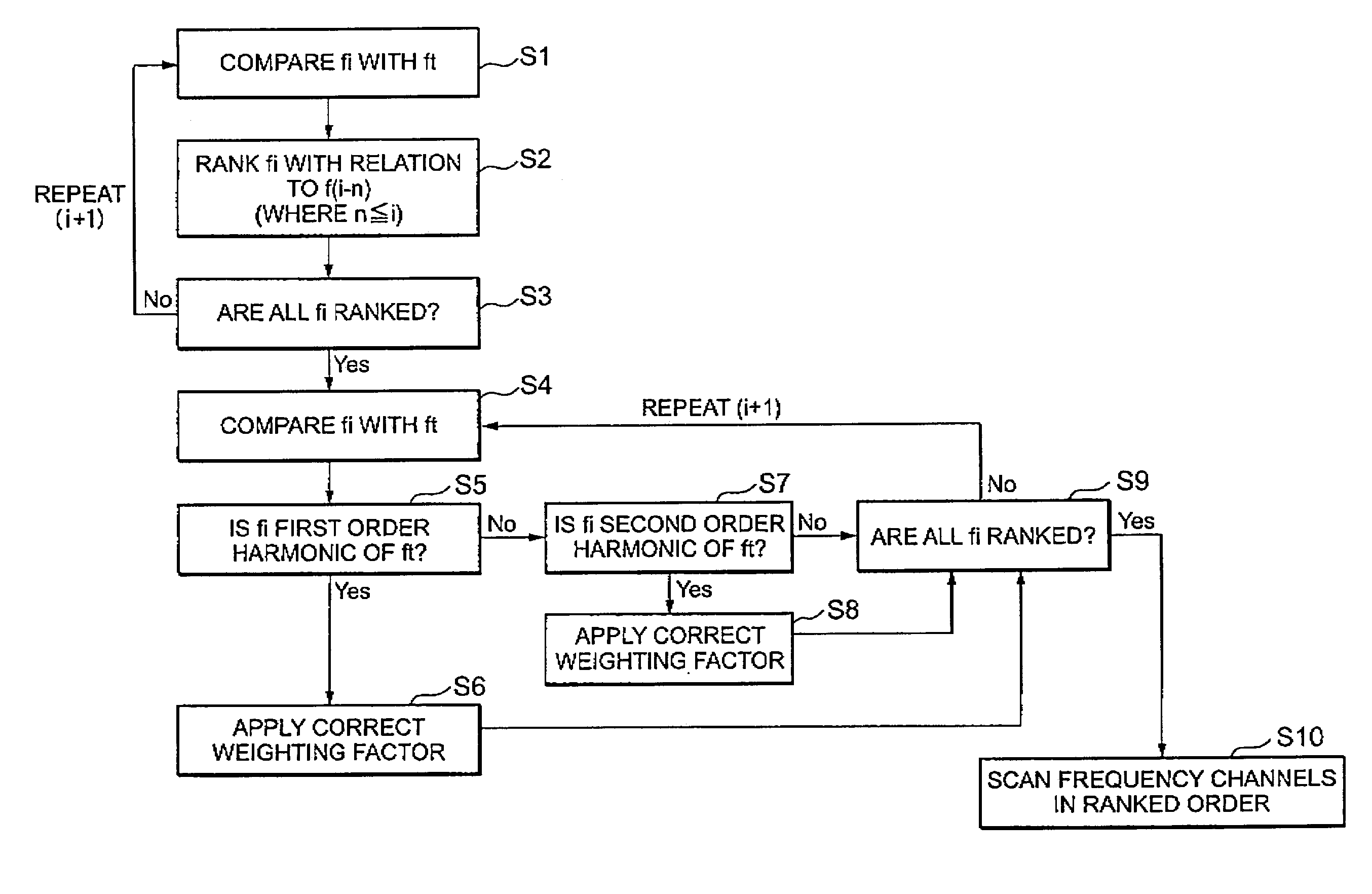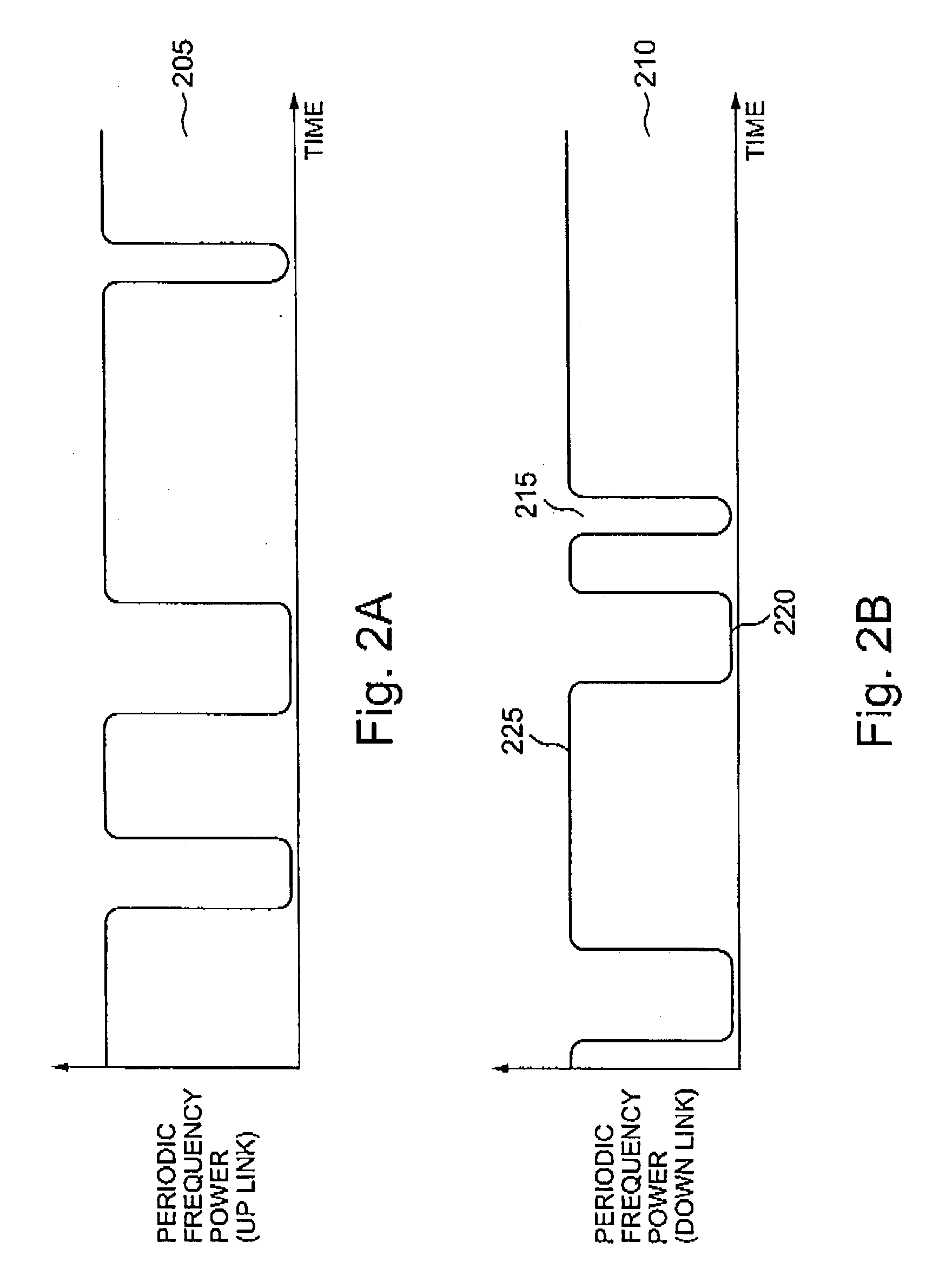Measurement technique for a radio access telecommunications terminal
- Summary
- Abstract
- Description
- Claims
- Application Information
AI Technical Summary
Benefits of technology
Problems solved by technology
Method used
Image
Examples
Embodiment Construction
[0022] FIG. 1 shows a perspective view of four communication cells 105. Each of the communication cells 105 is generated by a first, second, third and fourth base station 110, 115, 120, 125 respectively. The cells 105 define an area, in which user equipment (UE) can communicate with one of the appropriate base stations 110, 115, 120, 125. In FIG. 1, a UE 130 is in communication with the fourth base station 125. Clearly, although only a single UE 130 is shown communicating with the fourth base station 140, it is understood that in reality, the fourth base station may be in communication with several UEs 130. The UE 130 generates an "up link" signal 140 which is transmitted to and received by the fourth base station 125. The fourth base station 125 communicates with the UE 130 by generating a "down link" signal 135 which is received, and processed, by the UE 130. It should be noted that in this embodiment, the mobile station is capable of generating the up link signal in accordance wi...
PUM
 Login to View More
Login to View More Abstract
Description
Claims
Application Information
 Login to View More
Login to View More - R&D
- Intellectual Property
- Life Sciences
- Materials
- Tech Scout
- Unparalleled Data Quality
- Higher Quality Content
- 60% Fewer Hallucinations
Browse by: Latest US Patents, China's latest patents, Technical Efficacy Thesaurus, Application Domain, Technology Topic, Popular Technical Reports.
© 2025 PatSnap. All rights reserved.Legal|Privacy policy|Modern Slavery Act Transparency Statement|Sitemap|About US| Contact US: help@patsnap.com



